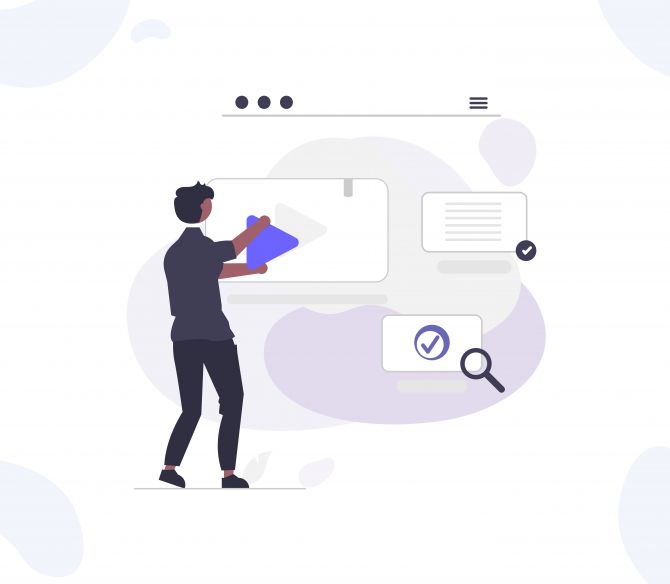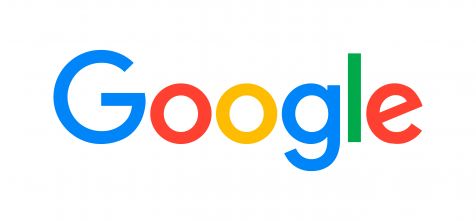
What is Interactive Content?
Consuming content is mostly a passive process. It always involves a one-way engagement from the user in reading, listening or watching the content.
Interactive content, on the other hand, is a two-way process which induces the user to actively engage with the content. However, the concept isn’t something that’s new. User polls and quizzes, which are types of interactive content, have always been a part of content marketing.
Why Is Interactive Content Gaining Importance?
There are two main reasons why interactive content is becoming important.
Firstly, people’s attention spans are greatly plummeting. As Time magazine reports, human beings now have an attention span of 8 seconds, lower than that of goldfish! This means that it is getting harder to capture the consumer’s attention and static, non-interactive content does little to change this. While static content will not die away any time soon, interactive content holds the key towards getting higher engagement.
Secondly, due to covid-19, consumers all over the world are getting exhausted by sitting at home, and endlessly reading articles, browsing news, and going through the same type of content. In these times of content fatigue, interactive content will allow consumers to express themselves and engage with the material.
Forms of Interactive Content
While interactive content can be of varied types, here are a few popular ones.
- Interactive Infographics
Beautifully designed interactive infographics can stand out from the usual drab versions. Consumers can interact by either clicking or scrolling, leading to increased user traffic and engagement.
- Interactive Video
People love to consume video content. Videos can be something that consumers can just lean back and watch, or step forward and engage with.
Interactive videos can include elements such as hotspots, which serve as a recommendation for other videos or redirect towards relevant websites. They can also include polls or questions.
- Polls and Surveys
Polls and surveys are a form of interactive content that have long existed and have been largely successful. The main difference here is that while polls include only one multiple choice question (MCQ), surveys have more than one MCQs.
Interactive and attractively designed polls and surveys can be a win-win, as marketers are looking to get more information and consumers want to make themselves heard.
- Calculators
Calculators are a form of interactive application in which users can input certain variables based on their requirements and receive a quick answer for their query. For example, Clear Tax's Income Tax calculator allows assesses to estimate their tax liabilities based on their age group, income sources and possible deductions.
Calculators can work better than long articles in communicating complicated information. From a user point of view too, calculators require little input but subsequently provide higher value addition.
- Interactive White Papers and E-books
Primarily meant for sharing information, e-books and white papers require a considerable amount of time to read and engage with.
However, interactive content within the e-books and white papers can make it easier to digest the flood of information. For example, Athena has a colourful and interactive whitepaper in which users can navigate by selecting different options, participating in surveys and assessments, and clicking interactive cards to reveal information.
- Interactive Emails
There is no better form of one-to-one communication than an email. In fact, emails are 40 times better than social media at getting acquisitions.
However, an email with a standard format is less likely to be opened. Thankfully, by getting expert help, interactive GIFs, images, and videos can be added to an email, to uplift the consumer experience, just like this apparel seller did in its spring collection campaign.
How Can Interactive Content Be Used in Consumer Buying Stages?
As mentioned above, knowing when to use different types of interactive content can help in effectively leveraging these channels for lead generation.
- Awareness Stage
At the awareness stage, consumers are more interested in gathering information for purchase. So, the focus should be on providing information through quizzes, assessments, contests, games, and infographics. Consumers are also more likely to give away data at this stage in expectation of value gained through content.
- Consideration Stage
At this stage, consumers are evaluating among the different products available to them. So, product-centric content (calculators, interactive e-books, and white papers) will help customers in matching their problems to the solutions provided by different products.
- Purchase Stage
When consumers are committing to buying the products, they need to be reassured about their choice, and ultimately nudged towards the purchase decision. Hardcore data and facts should be provided through content such as testimonials, ROI calculators, and cost analysis to ultimately ensure a conversion.

Via: Single Grain







